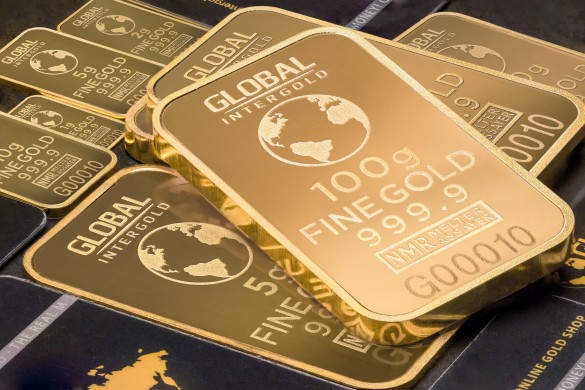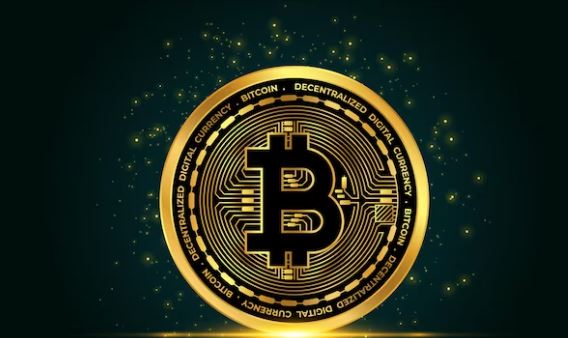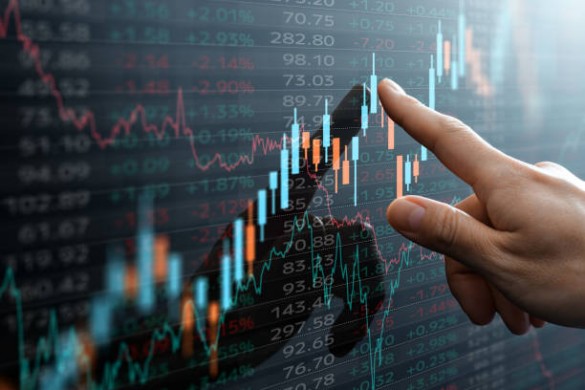Having bought PV Crystalox’s shares for my 2015 net current asset value portfolio at 12.2p in January of that year, a few days ago I sold them for 23.7p, a 94.5% return.
If there is an enormous legal settlement payment to PV Crystalox (from a customer who reneged on a contract) then it will look as though I’ve sold too early – I’ll have to sit there watching the share price zooming away.
But I’m a value investor, not a speculator in court/arbitration cases, and so I put more weight on the downside risk once the share had reached 23.7p (MCap £38m).
It could well be the case that the judgment does not go in favour of PVCS. Then this lossmaking firm will continue to see its balance sheet eroded until it finally gives up the struggle and liquidates what it can, which I suspect will amount to a lot less than £38m.
In this Newsletter I’ll explain my reasons for buying in January 2015; in the next I’ll explain my reasons for selling.
(Previous Newsletters on PVCS: 15th – 21st Jan 2015, 26th – 27th Mar 2015, 2nd April 2015, 1st – 2nd June 2015, 15th and 18th May 2016, 20th May 2016, 8th – 9th Sept 2016)
January 2015
As a starting point I noticed that the company had £34m of cash but was selling on the stock market for £19m (MCap).
If all the current assets were added together, and all the liabilities deducted, then net current asset value amounted to £40m, with no bank or bond debt to worry about.
But the world price of the silicon crystal wafers PV Crystalox, PVCS, produced (for solar panels) kept falling because of massive oversupply, caused China’s investment in this area and the shutting out of non-Chinese suppliers to its market (50% of the world’s demand).
A further depressing factor for PVCS: it had agreed to buy large volumes of raw material from suppliers at fixed prices for many years ahead. It also fixed the future price of what its customers were to take for many years ahead. The gap between the two allowed for a decent profit year after year – in theory.
The problem was that this “hedged” position could only be risk reducing if the assumption that all customers would continue to trade continued to hold.
In the event many went bust and so stopped buying from PVCS. Those that did carry on simply refused to buy at the prices they had agreed because they could now buy at the open market price for much less.
PVCS could only sell the wafers it made at a loss given the high price of raw material. It cut production to minimise losses, but still lost between £0.5m and £1m per month.
The directors went into “cash conservation mode” to rescue the BS as much as they could, e.g. mothballing factories and cutting capital expenditure to €0.1m per year. Nevertheless, losses mounted.
An uncertain summer
In the summer of 2015 the directors were wavering between closing down the business, selling off assets and distributing cash to shareholders on the one hand, and continuing to produce more wafers as they viewed “positively the growth prospects for the PV industry”.
Market capitalisation had fallen to £15.6m as the share price dropped to 9.75p. Net current asset value, NCAV, measured in December 2014 was is more than double MCap, at £38.2m.
After speaking with the three directors I felt able to trust that they would act rationally from a shareholders’………….To read the rest of this article, and more like it, subscribe to my premium newsletter Deep Value Shares – click here http://newsletters.advfn.com/deepvalueshares/subscribe-1

 Hot Features
Hot Features













